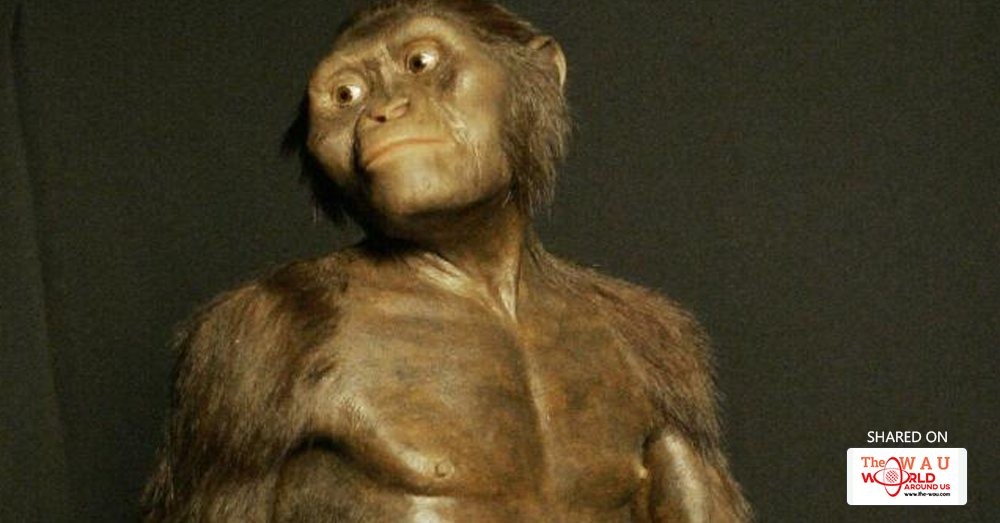EVERYTHING we might know about the history of human evolution could be wrong, with scientists postulating that Africa may not be the birthplace of man.
Scientists have traced the first hominid species to Europe some 7.2 million years ago, thanks to the discovery of two apelike fossils with human-like teeth in Bulgaria and Greece.
Until the unearthing, experts believed human lineage split from apes some seven million years ago in Africa.
The findings, published by an international team of researchers in the journal Plos One, claim the fossils are solid evidence evolution started in the Mediterranean region 200,000 years earlier than it did in Africa.
Researcher Professor Nikolai Spassov said the creature, named Graecopithecus freybergi (El Graeco), likely saw a shift towards bipedalism to help find new food sources in eastern Europe’s open savanna.
“This study changes the ideas related to the knowledge about the time and the place of the first steps of the humankind,” he told The Telegraph.
“Graecopithecus is not an ape. He is a member of the tribe of hominins and the direct ancestor of homo.
“The food of the Graecopithecus was related to the rather dry and hard savanna vegetation, unlike that of the recent great apes which are living in forests. Therefore, like humans, he has wide molars and thick enamel.
“To some extent this is a newly discovered missing link. But missing links will always exist, because evolution is an infinite chain of subsequent forms. Probably El Graeco’s face will resemble a great ape, with shorter canines.”
Lead researcher Professor Madelaine Böhme said computer tomography helped visualise the internal structures of the fossils, which showed the roots of an upper premolar tooth were fused — this led to the conclusion the species was a hominid.
“While great apes typically have two or three separate and diverging roots, the roots of Graecopithecus converge and are partially fused — a feature that is characteristic of modern humans, early humans and several pre-humans,” she said.
As the Mediterranean Sea would periodically dry during this time, researchers believed the early hominids were able to pass between Europe and Africa.
Professor Böhme said the theory would alter the very beginning of human history if accepted.
“Our findings may eventually change our ideas about the origin of humanity. I personally don’t think that the descendants of Graecopithecus die out, they may have spread to Africa later,” she said.
“The split of chimps and humans was a single event. Our data support the view that this split was happening in the eastern Mediterranean — not in Africa.”
Share This Post















